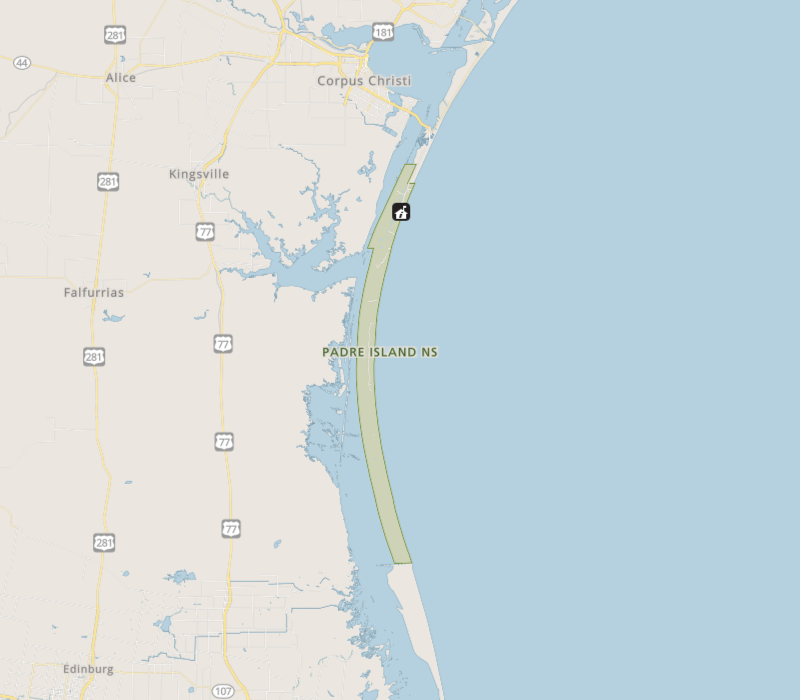
USGS Investigators: Kimberly Yates
NPS Investigators: Eva DiDonato
| 2025 |
|---|
| $50,000 |
NPS Park: Padre Island NS , Gulf Islands NS
USGS Center: St. Petersburg Coastal and Marine Science Center
States: FL TX MS
Ocean acidification is driven by elevated atmospheric CO2. Coastal acidification is primarily driven by regional factors such as freshwater inflows, coastal upwelling (high CO2, low pH water), and eutrophication in addition to increased atmospheric CO2. Previous studies have demonstrated that acidification of estuaries, coastal and open surface waters, and subsurface waters in the Gulf of Mexico (GOM) has occurred over the past 10 to 40 years. However, rates of acidification and the processes driving it are highly variable, and studies of local impacts of acidification to coastal ecosystems and habitats are limited.
This study builds on the recent data collection activities within GUIS and PAIS. The study will analyze existing NPS monitoring data evaluate if they can be used to characterize acidification conditions in the parks. The data synthesis and analysis will include characterization of coastal acidification conditions at GUIS and PAIS, potential drivers, and comparison of results to other GOM ocean and coastal acidification monitoring efforts.
Data analyses will be conducted to answer the following science questions:
Results will provide key information for broader, multi-agency ocean and coastal monitoring efforts in the GOM by USGS, NPS, NOAA, and EPA. The results will help identify monitoring gaps, identify approaches for continued and/or potential expanded monitoring, and better inform park management strategies for adaptation or mitigation of acidification impacts.
